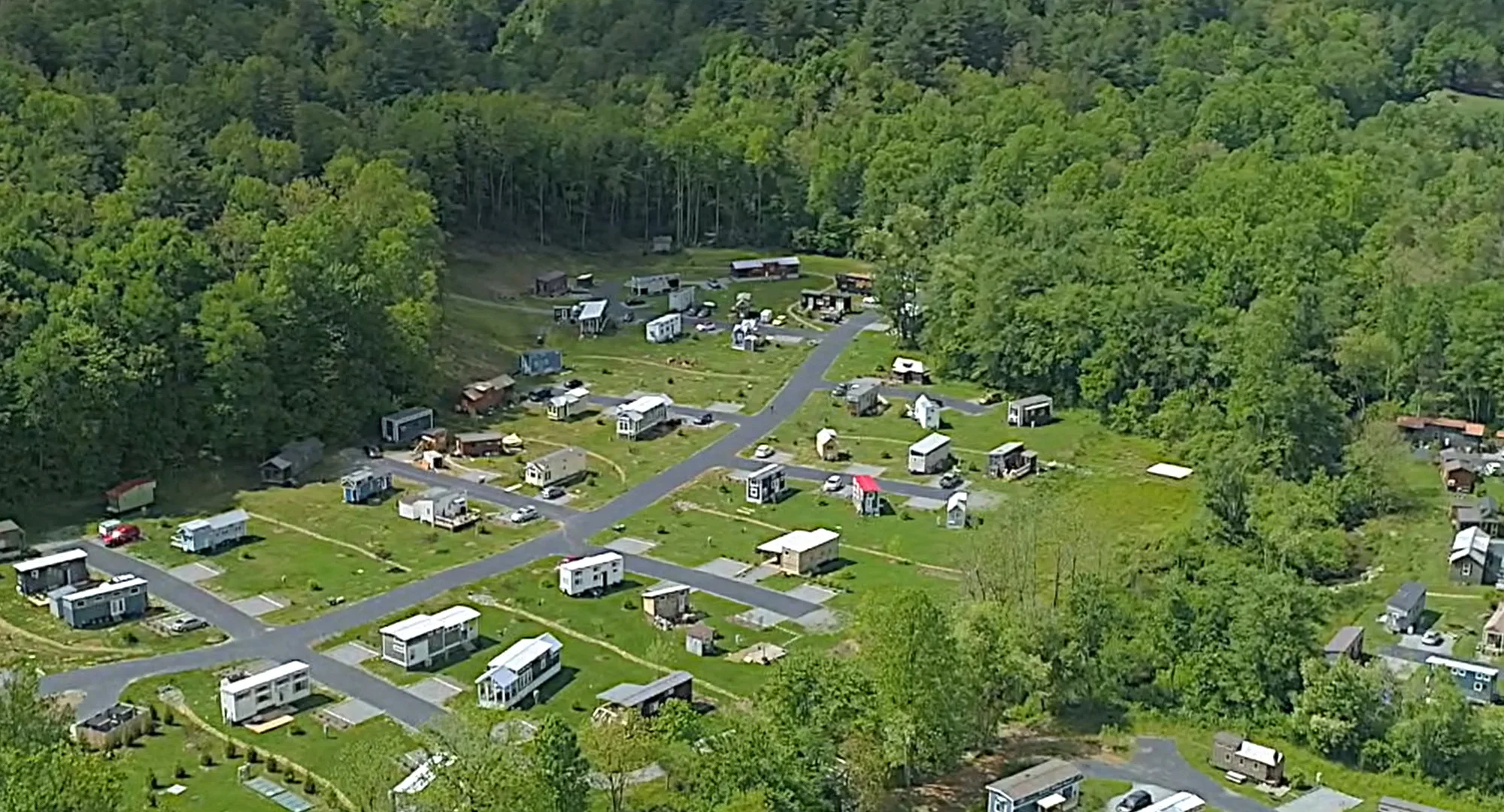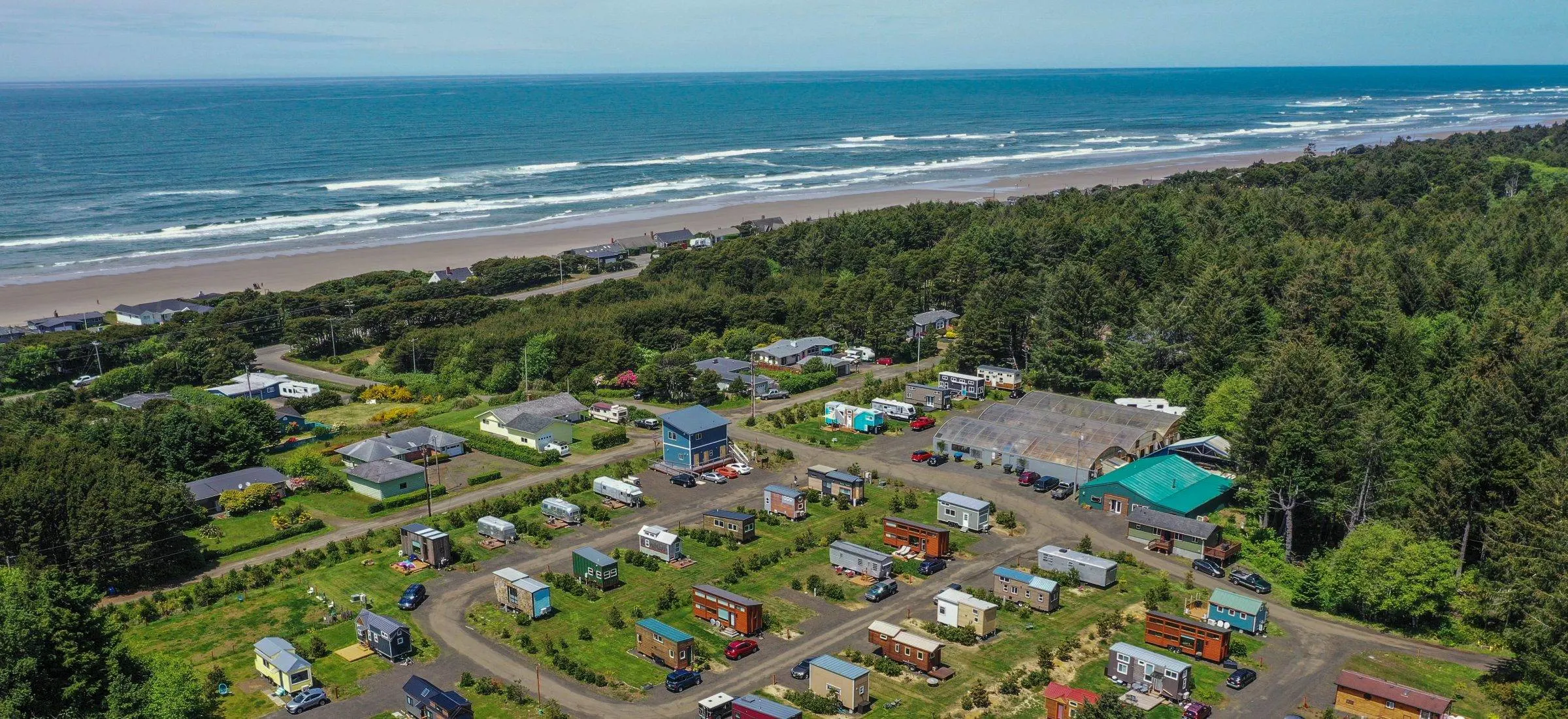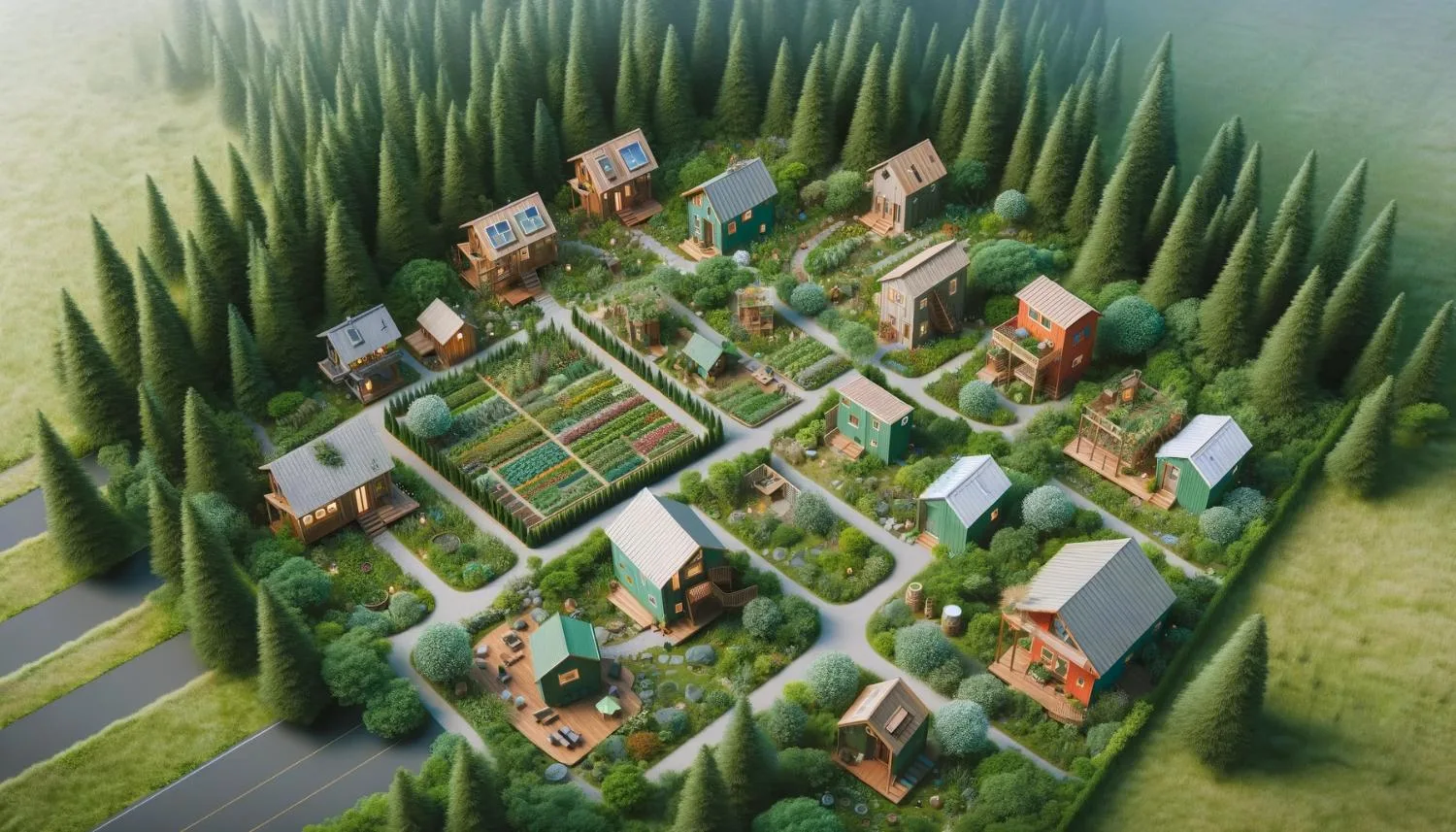In recent years, the tiny house movement has captivated a global audience, offering an alternative to traditional housing that focuses on minimalism, sustainability, and a sense of freedom.
However, beyond the allure of living in a compact, efficiently-designed space lies an often underappreciated aspect of this movement: the power of community. Tiny home communities are not just collections of small homes; they represent a radical rethinking of what it means to live in harmony with others and the environment.
Fostering a Close-Knit Community
Tiny home communities are often built around the concept of collaboration and mutual support. Unlike traditional neighborhoods where residents may live in isolation, tiny home communities encourage interaction and communal living. This close-knit environment fosters strong bonds among residents, leading to a supportive and engaged community.
Shared Spaces and Amenities
Many tiny home communities are designed with shared amenities such as communal kitchens, gardens, laundry facilities, and recreational areas. These shared spaces provide opportunities for residents to interact, collaborate on projects, and share resources, which not only reduces individual costs but also strengthens community ties.

Community-Driven Activities
Residents often organize and participate in various activities and initiatives that promote a sense of community. This can include community potlucks, workshops, group gardening activities, and local environmental projects. Such activities provide opportunities for residents to contribute their skills and knowledge, enhancing community development and personal growth.
Democratic Decision-Making
In many tiny house communities, decisions about community rules, development, and events are made democratically, with input from all residents. This inclusive approach ensures that everyone’s voice is heard and fosters a sense of ownership and responsibility among community members.
Support Networks
Living in a tiny house community often means having a network of neighbors who can offer support, advice, and assistance. Whether it’s help with a DIY project, caring for pets or plants during an absence, or simply having someone to talk to, the community support network is a vital aspect of tiny house living.
Cultural and Social Events
These communities frequently host cultural and social events that celebrate diversity and bring residents together. From holiday celebrations to cultural festivals, these events enrich the community’s social life and provide a platform for cultural exchange and understanding.

Community Gardens and Sustainability Projects
Many tiny home communities have a focus on sustainability, which is often reflected in shared gardens and sustainability projects. These initiatives not only provide fresh produce but also serve as educational and communal activities that reinforce the community’s commitment to an eco-friendly lifestyle.
Safety and Security
The close proximity of homes and the tight-knit nature of the community often result in enhanced safety and security. Neighbors look out for each other, creating a secure environment where people feel comfortable and protected.
In the realm of tiny house communities, the concept of a neighborhood is redefined. Traditionally, neighborhoods are defined by geographical proximity, but often lack strong interpersonal connections. Tiny house communities, on the other hand, are built on the foundation of community spirit. They are designed to encourage interactions among residents, fostering a sense of unity and shared purpose.
In summary, tiny home communities offer a unique blend of benefits that go beyond just affordable living. They foster a strong sense of community engagement, create lasting social networks, and provide shared spaces and amenities that encourage interaction and collaboration.
Organized community activities further enrich the living experience, offering opportunities for socialization, skill-sharing, and personal growth. These communities are not just about living in a smaller space; they’re about being part of a vibrant, supportive, and sustainable community.
If you’re intrigued by the idea of a more connected, eco-friendly, and fulfilling way of life, we invite you to explore more. Visit our Tiny House Communities page to discover how you can be a part of this innovative living movement and find a community that resonates with your lifestyle and values.

